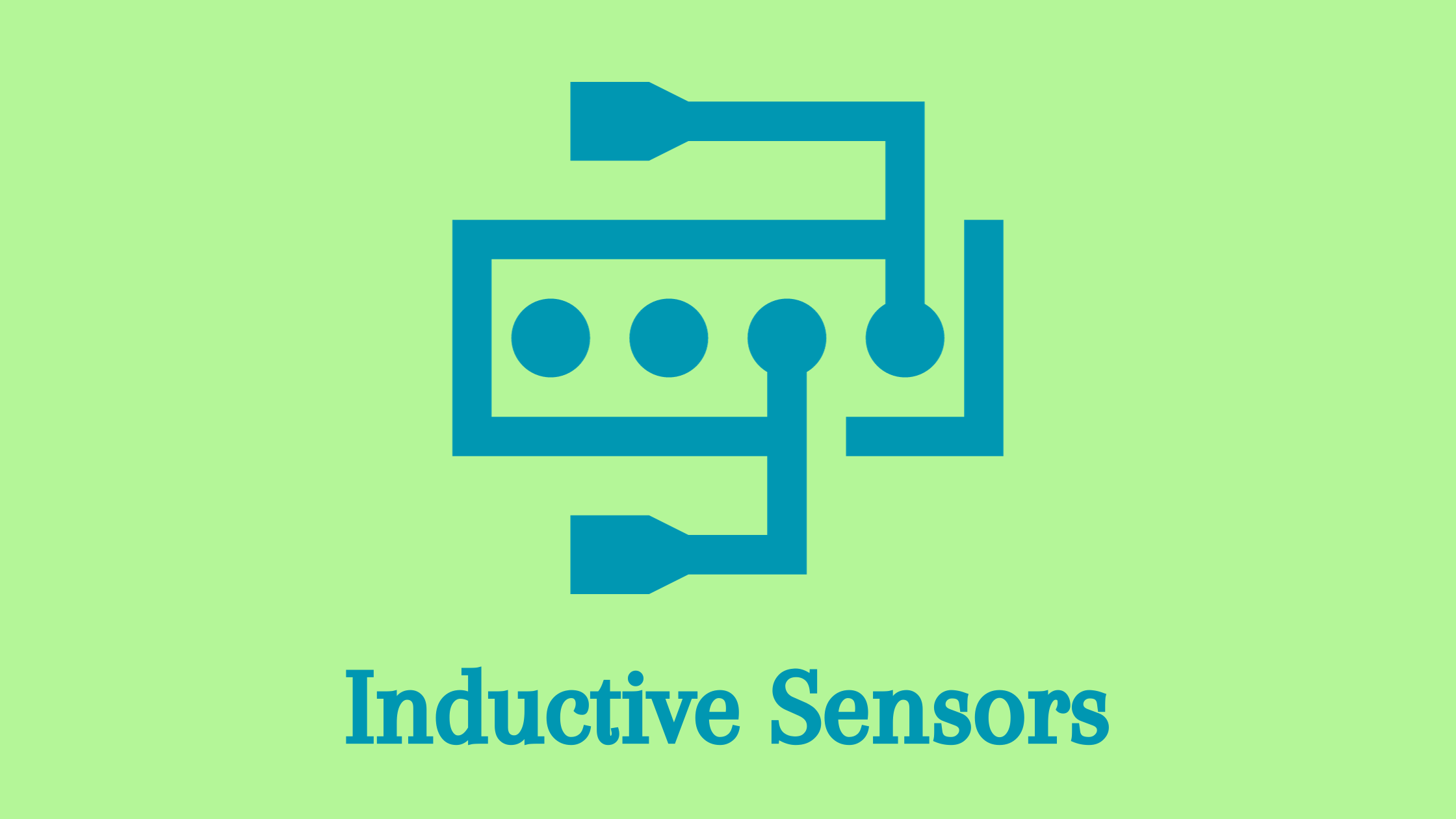
Inductive Sensors
Inductive sensors are a fundamental component in various industrial applications, known for their ability to detect metallic objects without physical contact. These sensors utilize electromagnetic principles to perform tasks such as object detection, proximity sensing, and position measurement.
Inductive sensors play a pivotal role in industrial automation and control systems. They provide essential data for process monitoring, safety, and efficiency. These sensors are highly valued for their reliability, robustness, and versatility in various industries, contributing significantly to improved productivity and equipment protection. Understanding their working principles and types is crucial for optimizing their use in industrial settings.
Working Principles
Electromagnetic Induction
At the core of inductive sensors is the principle of electromagnetic induction. When an alternating current flows through a coil within the sensor, it generates an oscillating magnetic field around the coil. This magnetic field extends into the surrounding space.
Oscillator Circuit
The inductive sensor’s oscillator circuit is an essential component. When no metallic object is present within the detection range, the sensor’s coil induces a stable oscillation in the circuit. However, when a metallic object enters the detection field, it disrupts the magnetic field, causing changes in the oscillator circuit’s characteristics.
Detection Range and Sensing Distance
The detection range, or sensing distance, of an inductive sensor is a critical parameter. It defines how far the sensor can reliably detect the presence of a metallic object. Factors like the sensor’s coil size, frequency, and the material of the detected object influence this range. Understanding the sensor’s detection capabilities is vital for its proper integration into industrial processes.
Types of Inductive Sensors
- Tubular Inductive Sensors. Tubular inductive sensors, often referred to as cylindrical sensors, are a common choice for general-purpose applications. They are cylindrical in shape and come in various sizes and materials, making them versatile for different industrial settings.
- Rectangular Inductive Sensors. Rectangular inductive sensors are characterized by their flat, rectangular shape. They are suitable for applications with limited space or when specific mounting requirements exist. Their compact design allows them to be easily integrated into machinery and equipment.
- Cylindrical Inductive Sensors. Cylindrical inductive sensors share similarities with tubular sensors but may have distinct form factors and capabilities. They are designed for applications where a cylindrical shape is more appropriate for sensor placement and function.
- Ring Inductive Sensors. Ring inductive sensors are shaped like a ring or toroid. They are ideal for detecting objects passing through a center opening, such as detecting the presence of a shaft or bolt. Their unique design enables precise and non-contact sensing in specific scenarios.
- Embeddable Inductive Sensors. Embeddable inductive sensors are designed to be integrated into other materials or devices. They are often used in automated assembly processes and quality control systems, where object detection or positioning within materials or assemblies is necessary.
- Analog vs. Digital Inductive Sensors. Inductive sensors can be categorized as either analog or digital. Analog sensors provide continuous output signals that vary proportionally with changes in the detected object’s position or properties. Digital sensors, on the other hand, offer discrete output signals, typically in the form of binary or on/off responses. Understanding the distinction between these types is crucial for selecting the right sensor for specific applications.
Applications
Industrial Automation
Inductive sensors play a vital role in industrial automation by enabling the precise control and monitoring of machinery and processes. They are commonly used in automated assembly lines, conveyor systems, and robotics, where they ensure accurate positioning and object detection.
Object Detection
One of the primary applications of inductive sensors is object detection. They excel in detecting the presence or absence of metallic objects in various industrial scenarios. For instance, they are utilized in packaging systems to verify the presence of products on a conveyor belt.
Metal Detection
Inductive sensors are particularly adept at metal detection due to their sensitivity to metallic materials. This makes them valuable in security systems, mining operations, and quality control processes, where the detection of metal contaminants is essential.
Proximity Switching
Proximity switching is a critical application of inductive sensors. They are employed in machinery to trigger actions when an object approaches or moves away from the sensor. This is widely used in manufacturing equipment, where proximity switching ensures safe and efficient operations.
Advantages and Limitations
Inductive sensors offer several key advantages:
- Non-Contact Sensing: Inductive sensors can detect objects without physical contact, reducing wear and tear.
- Durability: They are robust and can withstand harsh industrial environments.
- Fast Response Time: Inductive sensors provide rapid object detection, crucial for real-time applications.
- Insensitivity to Dirt and Moisture: They are less affected by contaminants or liquid exposure.
- Long Service Life: Inductive sensors have a long operational lifespan, contributing to cost-effectiveness.
Limitations and Considerations:
Despite their advantages, inductive sensors have limitations:
- Limited Sensing Range: The detection range is typically limited to a few millimeters to centimeters.
- Material Compatibility: They may not work well with non-metallic or non-conductive materials.
- Temperature Sensitivity: Extreme temperatures can affect sensor performance.
- Size Constraints: Miniaturization can be challenging for certain applications.
Installation and Calibration
Proper installation is critical for optimal performance:
- Ensure Correct Mounting: Position the sensor at the appropriate distance and angle for reliable detection.
- Avoid Metallic Obstructions: Prevent interference from nearby metallic objects.
- Secure Wiring: Ensure stable wiring connections to prevent signal disruptions.
Calibration may be required for tailored performance:
- Adjust Sensing Range: Fine-tune the detection range to match specific application needs.
- Set Thresholds: Configure output thresholds for precise triggering.
- Test Under Operating Conditions: Verify sensor functionality under actual working conditions.
Troubleshooting and Maintenance Tips
Routine maintenance can prevent issues:
- Regular Inspection: Check for damage, loose connections, or contamination.
- Cleaning: Remove dirt or debris that may accumulate on the sensor’s surface.
- Calibration Checks: Periodically verify calibration settings for consistent accuracy.
- Understanding these aspects of inductive sensors ensures their reliable operation in diverse industrial applications.
Conclusion
In summary, inductive sensors encompass a range of types, including tubular, rectangular, cylindrical, ring, embeddable, and analog vs. digital sensors. These sensors find applications across various industries, such as manufacturing, automation, automotive, and more. Their ability to offer non-contact sensing, durability, and fast response times makes them invaluable in diverse industrial settings.
The significance of inductive sensors in industrial automation and safety cannot be overstated. They contribute to streamlined processes, increased efficiency, and enhanced safety measures. By providing reliable object detection, these sensors ensure that machines operate accurately, prevent collisions, and minimize downtime. Their role in industrial automation is pivotal, making them a fundamental component of modern industrial systems.






